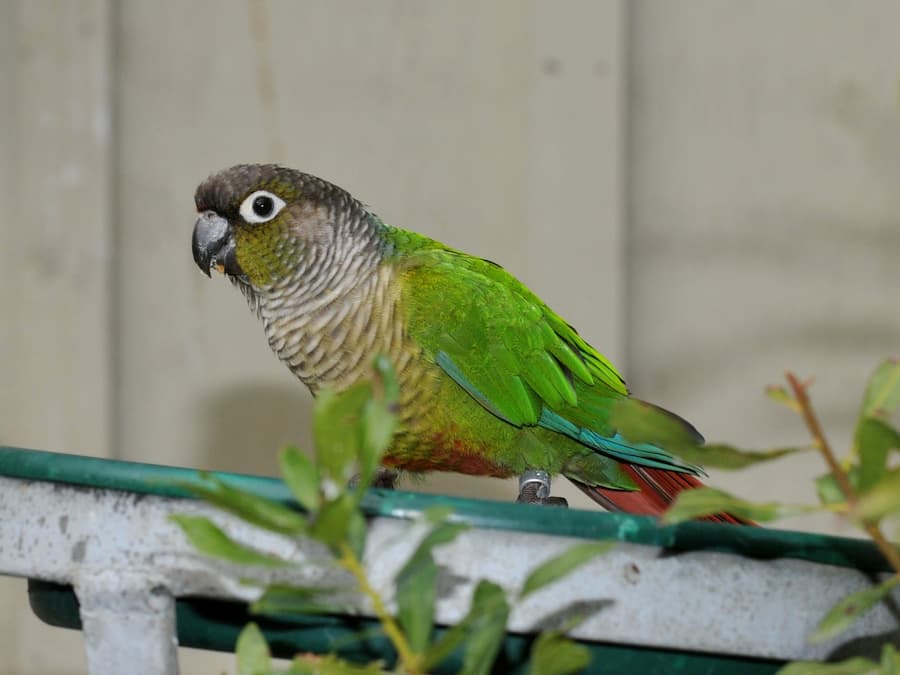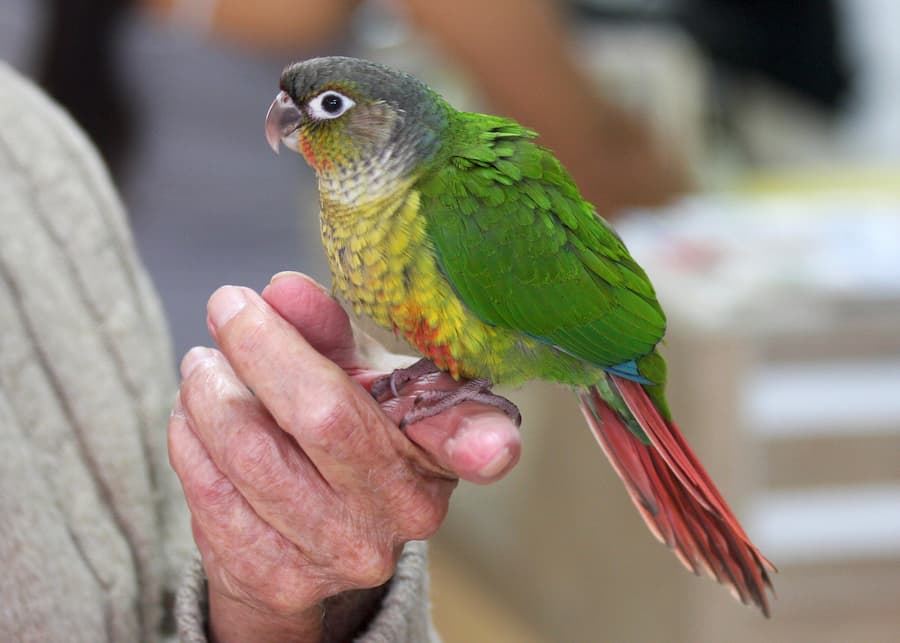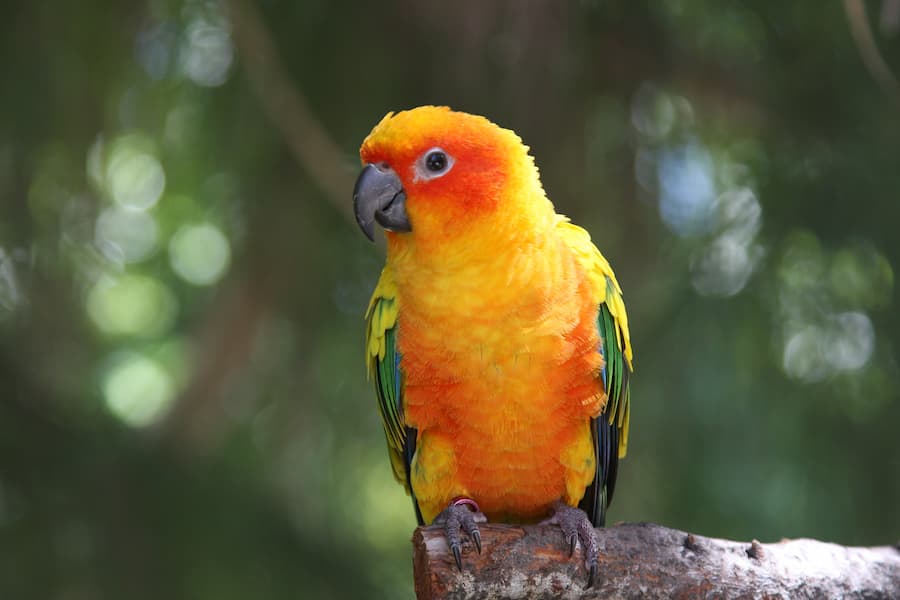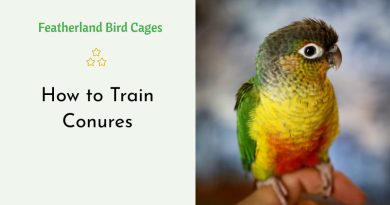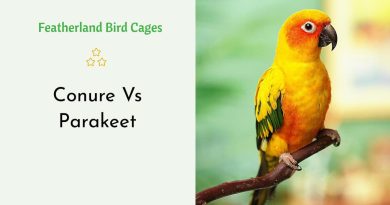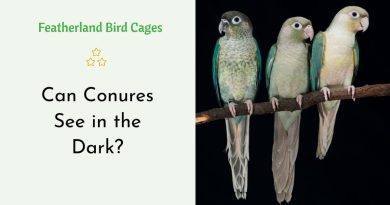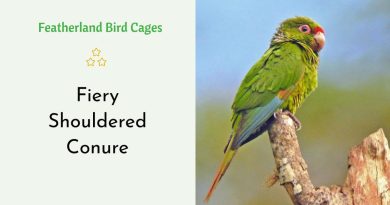Pineapple Blue Conure
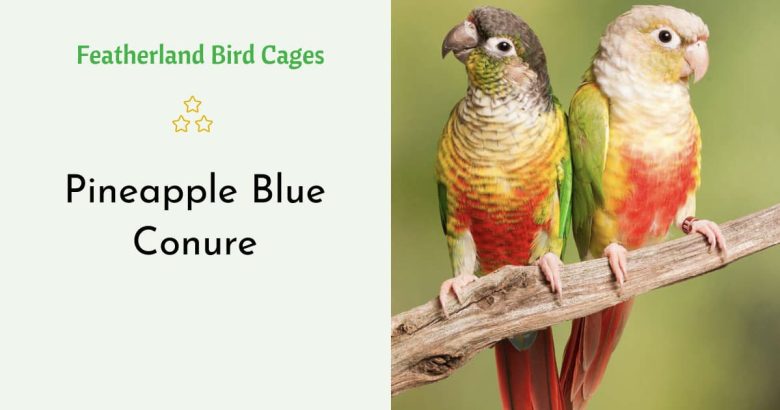
Pineapple blue conure are inquisitive, bold and vocal. They love their owners and want to be at the center of attention at all times.
The balance of their diet should be a mix of fruits and vegetables. A lot of seeds are high in fat and low in nutrients.
Providing them with fresh water at all times is very important. Hanging a cuttlebone inside their cage will double up as beak grinder for them.
Color
Pineapple green-cheeked conures are very social birds that enjoy spending time with their owners. They are intelligent and love to learn new things. Some can even be taught to speak. If they feel agitated or stressed, they may squat or lower their heads to signal their displeasure. They can also growl if they feel threatened. They can also nip if they are not well trained or socialized with humans.
They have a natural green color that helps them blend in with the leaves of their tree homes in the wild. This camouflage helps them hide from predators and keep their eggs safe.
In captivity, pineapple green-cheeked conures can live up to 30 years. They can be very healthy if they are fed a balanced diet that includes vegetables, fruits, and seeds. Pineapple conures often make a whistle-like sound to express their happiness and contentment. They can also imitate music and sing along to songs. They like to roll on their backs for playing or sleeping and enjoy being scratched by their owners.
Characteristics
Pineapple conures are playful birds with an affectionate nature. They bond well with their owners and need daily interaction in order to thrive. They can be trained to talk and perform tricks as they are quick learners. They have a good memory and enjoy playing interactive games with their people.
Pineapples make a wide range of sounds including whistles, low growls and hisses. They can also scream if they feel threatened or uncomfortable. It is important to provide a variety of toys in their cages for them to play with as this will keep their excessive energy occupied.
Toys like rope-like swings, mirrors and sparkly toys with bells are great for them. They are inquisitive and love to unwrap or dismantle their toys. Nuts are a favorite of theirs and should be sprinkled in their seed mix to add an extra source of EFA. A soft perch that allows them to wipe their beak after eating should be installed in the cage as they do this naturally in the wild.
Habitat
Pineapple Green Cheek Conures are playful parrots that require a lot of attention and mental stimulation. They need a well-lit, cage-sized habitat that has multiple entrances and exits to help them feel safe. In the wild, these birds live in the forest and woodlands of South America where they typically form small flocks.
These birds are quite intelligent and can be taught word sequences, tricks, and basic commands. They also love to play interactive games with their owners. These birdies also adore cuddling, and will climb through their owner’s hair or pockets.
Like other bird species, pineapple conures are prone to parasites, including avian chlamydiosis. This bacterial infection is transmitted by inhaling dust that contains saliva, mucus, feathers, and droppings from other infected birds. The most common symptoms of avian chlamydiosis include appetite loss, fluffed feathers, droppings that are lime-colored, and difficulty moving or flying. These symptoms can be treated with antibiotics. To prevent avian chlamydiosis, you should keep the feeding bowls of your pet birds filled with clean water at all times.
Feeding
Pineapple conures are known to love attention. They are often very acrobatic and playful. However, if not properly trained and socialized, they can become irritable. They will begin to make loud squawks until they get the attention that they want. They also nip and pick at things in their environment to relieve their anxiety.
In the wild, pineapple conures feed on a variety of fruits, nuts, seeds, grass and insects including their larvae. They are very active birds in their first year of life doubling their weight before reaching their adult size.
When a pineapple conure is feeling stressed, it will often make a low growl or hiss to show that it’s uncomfortable. The bird will also puff out its feathers and ruffle them. It’s important that you learn to read your pineapple’s body language so that you can respond appropriately. When he’s behaving well, be sure to reward him with treats and praise. This will encourage him to continue the behavior and help you build a stronger bond with him.

